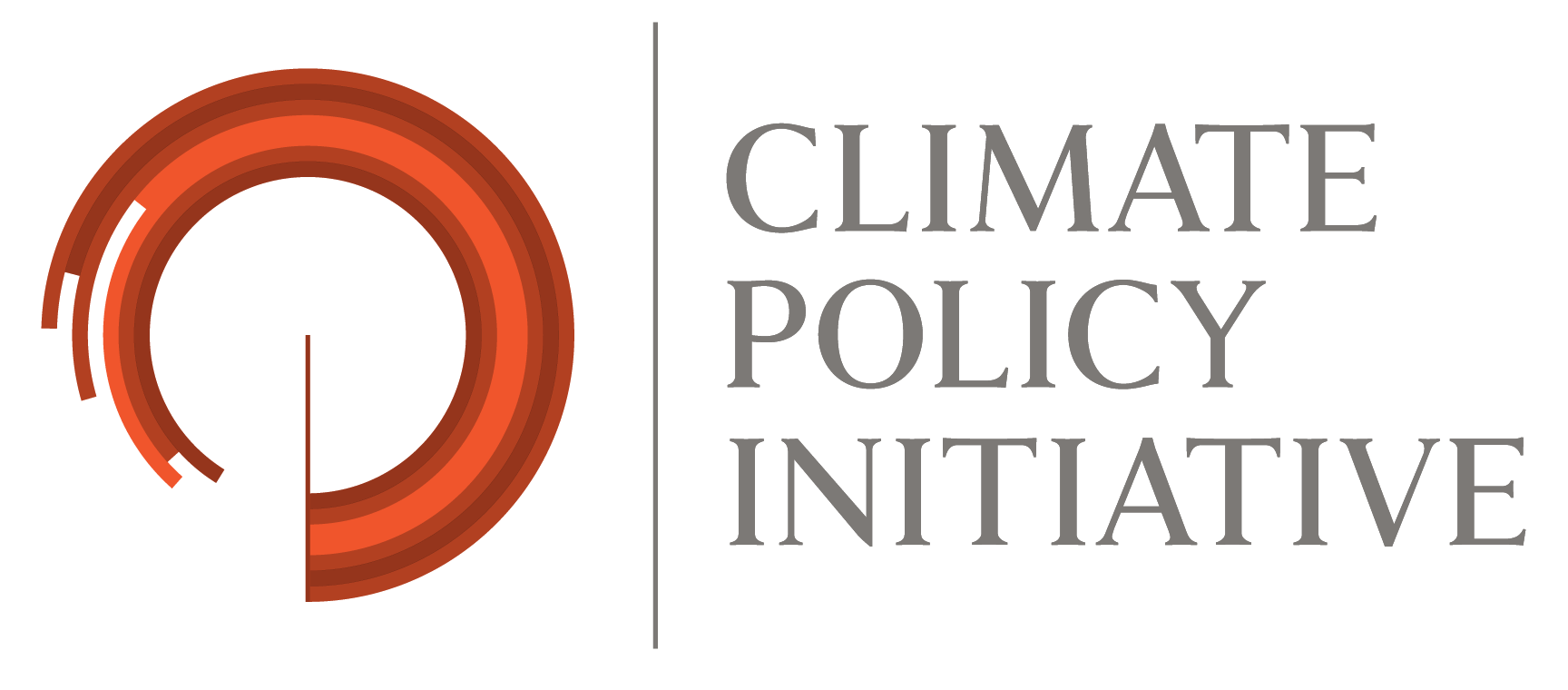India PURE Finance Facility (IPFF)
The India PURE Finance Facility (IPFF) is an innovative approach to expand the productive use of renewable energy (PURE) in rural and semi-urban areas. Its focus goes beyond the transition from fossil fuels, emphasizing projects that bring additional benefits such as creating livelihood opportunities, promoting gender equity, and fostering social and economic growth.
IPFF’s primary goal is to accelerate PURE adoption in low-income communities and rural areas. It achieves this by establishing and funding a robust network of technical advisory services. This network helps existing and emerging PURE enterprises secure long-term financing from domestic and international financial institutions. Committed funds from the IKEA Foundation support project preparation for selected PURE initiatives.
IPFF Key Objectives:
- Expand the number of PURE businesses. Leverage committed funds to accelerate PURE business and project development, benefiting disadvantaged communities in India and contributing to the country’s renewable energy and energy access goals.
- Maximize their investment potential. Significantly increase the number of projects and enterprises that are investment-ready for financing from both domestic and international sources.
Publicações recentes
Blog
Transforming India's Climate Finance through Sector-Specific Financial Institutions Part 3
This final blog in our series on “Transforming India’s Climate Finance Landscape” spotlights a bold opportunity: establishing a Green and Transition Finance (GTF) Window within key state-owned FIs. Building on their legacy in the power sector, this initiative could unlock targeted capital flows for emissions reduction and clean tech adoption in hard-to-abate sectors. As India advances toward its net-zero targets, the GTF Window offers a critical pathway to scale green and transition finance, derisk projects, and attract global investment.
Publicação
Primer for Climate-related Engagement with the IMF
This paper outlines recommendations to enable the IMF, national authorities, and development partners to leverage their distinct expertise to strengthen macroeconomic stability while addressing climate risks. While finance ministries will lead on RSF implementation, they will require meaningful inputs from other institutions, including sectoral ministries and development partners.
Publicação
Garimpo Legal do Ouro na Amazônia: Recomendações para um Adequado Controle dos Impactos Socioambientais
Estudo do CPI/PUC-Rio e Amazônia 2030 analisa as principais regras de proteção ambiental relacionadas ao garimpo e recomenda aprimoramentos na regulamentação.
Publicação
Barômetro do Código Florestal no Legislativo
O Barômetro do Código Florestal no Legislativo, uma iniciativa do Climate Policy Iniative/ Pontifícia Universidade Católica do Rio de Janeiro (CPI/PUC-Rio), mede a pressão para alteração do Código Florestal por meio de projetos de lei (PLs) em tramitação no Congresso Nacional.
Publicação
Entre Acertos e Equívocos: Análise Crítica da Proposta de Resolução sobre ASV
Pesquisadorer do CPI/PUC-Rio analisaram a proposta de Resolução Conama sobre ASV, com a finalidade de identificar os avanços e as limitações e de oferecer recomendações para o seu aprimoramento, contribuindo, assim, para o fortalecimento da gestão, do monitoramento e do controle do desmatamento legal.
Blog
Evolution of Business Models to Support Zero-Emission Truck Adoption
Trucks contribute 45% of India’s road transport emissions, but high costs and financing barriers hinder zero-emission truck (ZET) adoption. Traditional models fall short, making Battery-as-a-Service (BaaS), battery swapping, and Truck-as-a-Service (TaaS) essential for reducing costs and enabling scalability. Explore how these models can drive India’s sustainable freight transition in our latest blog.
Publicação
O Desmatamento Corta a Luz: Itaipu, Belo Monte e o Preço da Floresta Perdida
Estudo do CPI/PUC-Rio e Amazônia 2030 analisa o impacto das alterações nos padrões de chuva, causadas pelo desmatamento, na geração elétrica e na receita das duas maiores usinas hidrelétricas do Brasil: Itaipu e Belo Monte.
Publicação
The Landscape of Project Preparation 2024
This analysis maps and identifies the key characteristics of the PPF support offered to cities to prepare sustainable and climate-resilient infrastructure projects.

